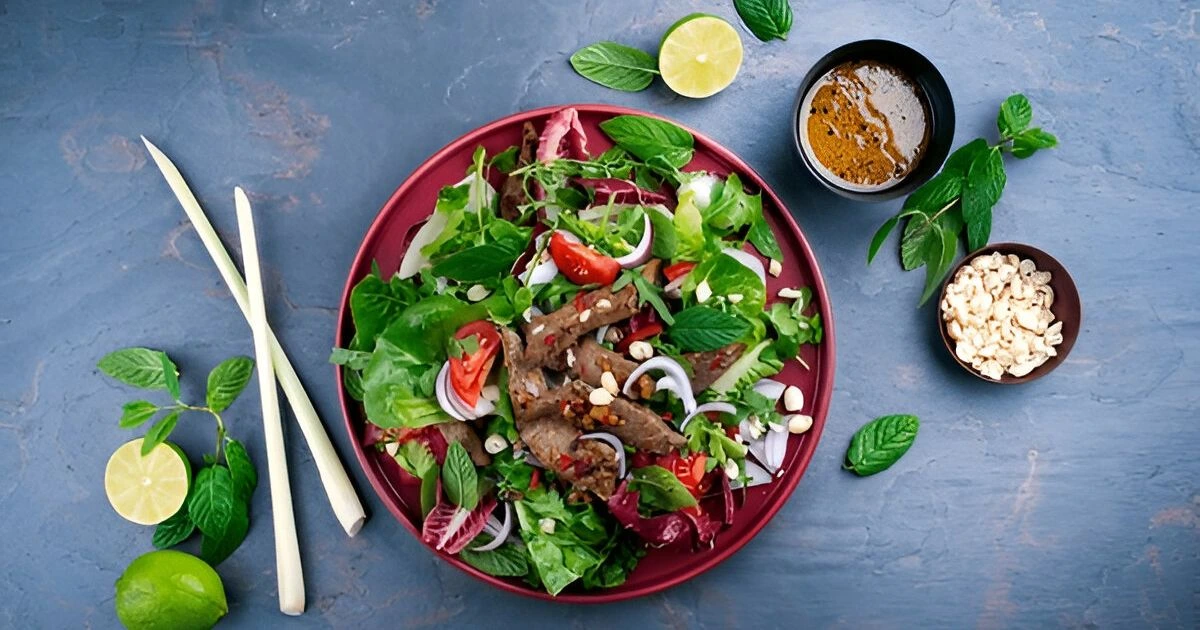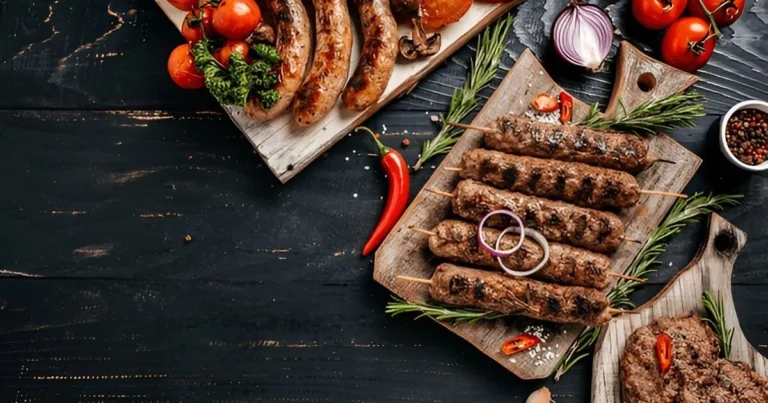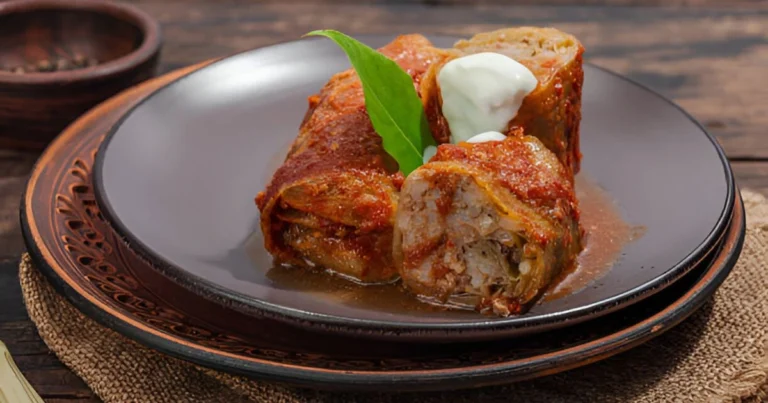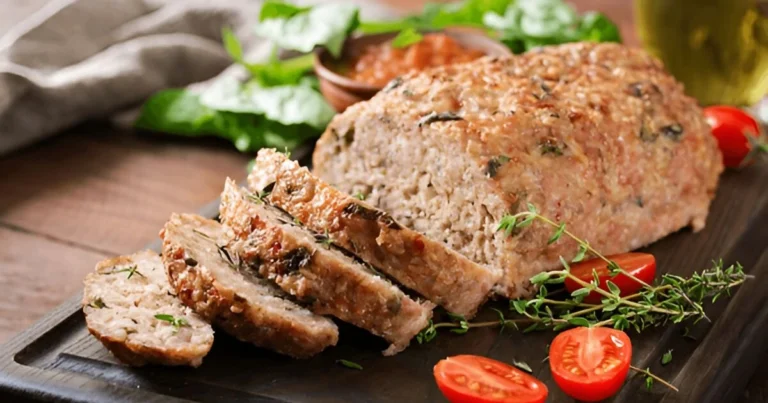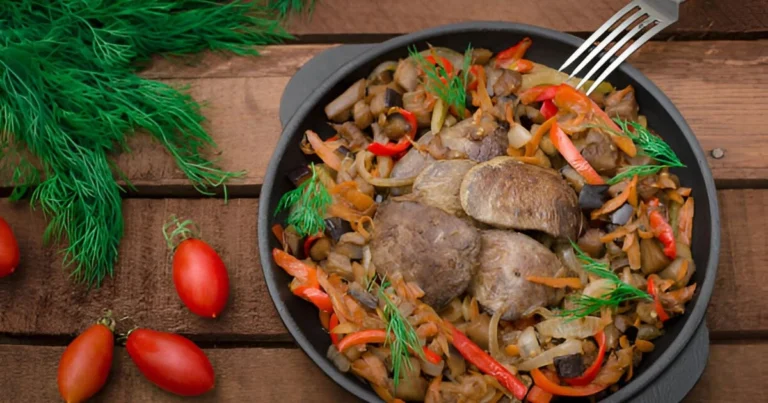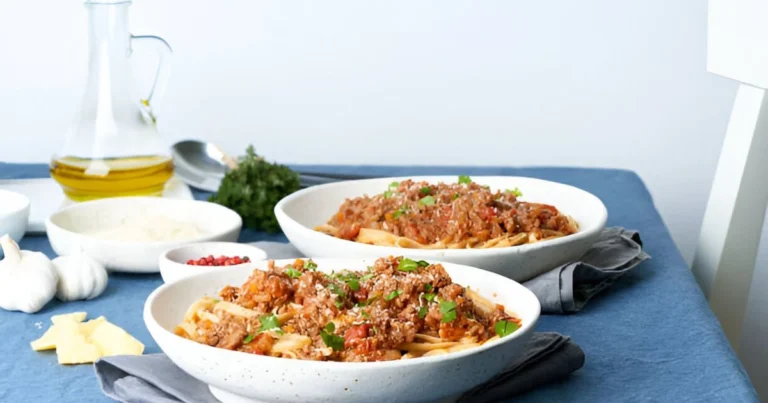Easy Beef Recipe: Quick, Delicious, and Perfect for Any Occasion
Table of Contents
Looking for a quick and tasty beef recipe? You’re in the right place. These dishes are great for any time, whether a weeknight dinner or a big event. They’re sure to impress your loved ones.
Imagine making a delicious beef dish fast, without losing flavor. That’s what easy beef recipes offer. You can make everything from hearty stews to savory stir-fries. And with the right ingredients and techniques, your dish will be both healthy and filling.
Busy or a home cooking enthusiast, simple beef dishes add variety to your meals. And with quick beef meals, dinner is ready in no time. So, why not try easy beef recipes? You’ll be surprised at how simple it is to make a tasty dish.
Introduction to Easy Beef Recipes
In this article, we’ll dive into the world of easy beef recipes. We’ll share tips and techniques for making quick and delicious beef meals. From the basics to advanced methods, we’ve got you covered. So, let’s start and explore the world of simple beef dishes.
Key Takeaways
- You can create quick and delicious beef meals with the right recipe
- Simple beef dishes are perfect for any occasion
- Easy beef recipes can be healthy and satisfying
- Quick beef meals can be prepared in no time.
- With the right ingredients and techniques, you can create a variety of easy beef recipes
- Easy beef recipes are great for busy professionals and avid home cooks
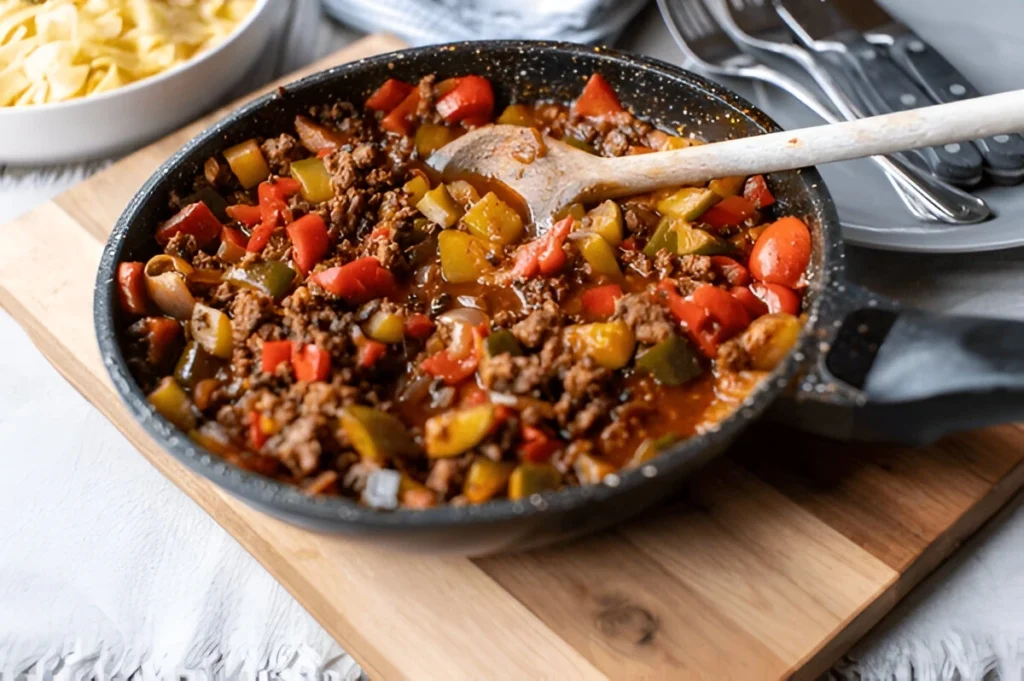
Getting Started: Essential Kitchen Tools for Beef Preparation
To make a delicious beef dinner, you need the right kitchen tools. A tasty beef recipe needs quality ingredients and the right equipment. The right tools can make a big difference in your dish’s outcome.
Before cooking, check your kitchen tools. You’ll need a sharp knife, cutting board, and meat tenderizer. These tools are essential for preparing your beef. For cooking, a cast-iron skillet or Dutch oven is best. They can get hot enough for a perfect sear.
Must-Have Utensils
- Sharp knife
- Cutting board
- Meat tenderizer
Recommended Cooking Vessels
- Cast-iron skillet
- Dutch oven
Temperature Tools
A meat thermometer is key for safe beef cooking. It ensures your beef is cooked to the right temperature. With the right tools and a tasty recipe, you’re ready for a memorable meal.
Choosing the Right Cut of Beef
Choosing the right cut of beef is key for a tasty homemade beef dish. There are many beef cuts out there, making it hard to pick one. Think about the cut’s characteristics and your cooking method to make a good choice.
Beef cuts like ribeye, sirloin, and tenderloin are great for homemade beef dishes. Each cut has its own marbling, tenderness, and flavor. For instance, ribeye is perfect for grilling or pan-frying because of its rich taste and tender texture.
To pick the right cut for your homemade beef dish, consider these points:
- Cooking method: Different cuts work best for grilling, roasting, or sautéing.
- Desired level of doneness: Some cuts are better for rare or medium-rare, while others are better for well-done.
- Flavor profile: Think about the flavor you want in your homemade beef dish. Do you prefer bold and savory or mild and tender?
By understanding the attributes of each beef cut and considering your culinary and flavor inclinations, you may identify the ideal cut. This will ensure your homemade beef entrée is a success with your family.
Understanding Beef Grades and Quality
When cooking beef, knowing the different grades and quality is key. You want the best meat for your dish. Beef grades are based on marbling, the fat in the meat.
When examining beef, you will encounter Prime, Choice, and Select classifications. Prime denotes the superior quality characterized by abundant marbling. This renders it succulent and flavorful. Choice beef exhibits reduced marbling yet remains a commendable option in terms of quality and cost.
Prime vs. Choice vs. Select
Choosing the right cut of beef is important. Prime is best for special occasions. Choice is good for everyday meals. Select is for budget-friendly dishes. Knowing the grades helps you make better choices.
Marbling and Its Importance
Marbling greatly affects beef quality and tenderness. More marbling means the meat is tender and flavorful. When cooking, consider the marbling level. For Prime cuts, use lower heat to avoid toughness.
Reading Packaging Labels
When buying beef, read the labels well. Look for “grass-fed” or “grain-fed” to know the cattle’s diet. Also, check for “USDA Prime” or “Angus” for quality. This helps you choose the best meat for your dish.
The Perfect Easy Beef Recipe for Beginners
Starting with simple beef dishes is key to cooking tasty meals. You can begin with a basic recipe and then add your own twist. This way, you can make it just how you like it.
To make a simple beef dish, you’ll need a few ingredients:
- 1 pound of beef
- 1 onion
- 2 cloves of garlic
- 1 cup of beef broth
Feel free to add your favorite spices and herbs to boost the flavor. Thyme, rosemary, and paprika are great choices. Using high-quality ingredients is important for a delicious dish.
Remember, always use fresh ingredients for the best taste. You can also try grilling or roasting to add more flavor to your beef.
By following these simple steps, you can make a tasty beef dish for any occasion. Whether you’re new to cooking or have experience, there’s always a way to make your beef dishes more exciting.
Experimenting with different ingredients and cooking methods is the key to creating unique and flavorful beef dishes.
Therefore, do not hesitate to experiment and err. Through practice and perseverance, one can attain mastery in preparing uncomplicated beef recipes that are flavorful and delectable.
| Ingredient | Quantity |
| Beef | 1 pound |
| Onion | 1 |
| Garlic | 2 cloves |
| Beef broth | 1 cup |
Mastering the Art of Beef Seasoning
To make a tasty beef dinner, you must learn about seasoning. It’s about knowing the right spice mixes, marinades, and rubs. These can really boost the flavor of beef dishes. For quick meals, the right seasoning is key.
Choosing the right spices depends on the dish. For example, a beef stew needs different spices than a stir-fry. Spices like garlic, thyme, and rosemary can make the flavor rich and savory.
Basic Spice Combinations
Here are some basic spice mixes for beef:
- Salt, pepper, and garlic for a classic taste
- Paprika, chili powder, and cumin for a spicy flavor
- Italian seasoning, basil, and oregano for a Mediterranean taste
Marinades and Rubs
Marinades and rubs enhance the flavor of beef recipes. Marinades include olive oil, acid, and spices. Rubs consist of a mixture of spices, herbs, and occasionally sugar.
Learning to season beef well opens up a world of tasty dishes. From quick meals to slow-cooked stews, you can impress everyone. With practice, you’ll make delicious beef dinners that everyone will love.
Essential Beef Cooking Temperatures
Getting the temperature right is key to a tasty beef recipe. A homemade beef dish can be a hit or miss based on the meat’s internal temperature. To ensure your beef is cooked safely, a thermometer is a must.
The optimal internal temperature for beef varies according on your preferred level of doneness. Below are few guidelines:
- Rare: 120°F – 130°F (49°C – 54°C)
- Medium-rare: 130°F – 135°F (54°C – 57°C)
- Medium: 140°F – 145°F (60°C – 63°C)
- Medium-well: 150°F – 155°F (66°C – 68°C)
- Well-done: 160°F – 170°F (71°C – 77°C)
Utilizing a thermometer is the most effective method to ascertain the internal temperature of your meat. Insert the thermometer into the most substantial portion of the meat, steering clear of fat or bone. This guarantees your beef is cooked to perfection.
It’s important to cook beef to a safe temperature to avoid foodborne illness. By following these guidelines and using a thermometer, you can make a delicious and safe beef dish for any event.
| Level of Doneness | Internal Temperature |
| Rare | 120°F – 130°F (49°C – 54°C) |
| Medium-rare | 130°F – 135°F (54°C – 57°C) |
| Medium | 140°F – 145°F (60°C – 63°C) |
| Medium-well | 150°F – 155°F (66°C – 68°C) |
| Well-done | 160°F – 170°F (71°C – 77°C) |
Step-by-Step Cooking Instructions
To make a tasty flavorful beef dish, you need to follow the right beef cooking instructions. This means preparing the beef, cooking it to the perfect temperature, and letting it rest before serving.
Start by trimming off any extra fat and seasoning the beef. Use spices and herbs like salt, pepper, and garlic powder to add flavor.
Preparation Phase
Here are some steps for the preparation phase:
- Trim any excess fat from the beef
- Season the beef with your preferred spices and herbs.
- Allow the beef to rest at ambient temperature for 30 minutes before to cooking.
Cooking Methods
Beef can be prepared using various methods, including grilling, roasting, or sautéing. Each technique yields a distinct texture and flavor. Select the option that you prefer most.
Resting and Serving
After cooking, let the beef rest before serving. This makes it more tender and flavorful. Serve it with sides like mashed potatoes, roasted veggies, or a salad.
| Cooking Method | Temperature | Cooking Time |
| Grilling | Medium-high heat | 5-7 minutes per side |
| Roasting | 325°F | 15-20 minutes per pound |
| Sautéing | Medium-high heat | 3-5 minutes per side |
Common Mistakes to Avoid
When making simple beef dishes, it’s key to steer clear of common errors. These can result in overcooked, tough, or dry meat. To make sure your quick beef meals are tasty, here are some tips:
Refrain from overcooking the beef. It may become arduous and desiccated. Utilize a thermometer to ascertain the internal temperature of the meat. Eliminate it from the heat source once attaining the appropriate temperature. For uncomplicated beef preparations, maintaining the appropriate temperature is essential to prevent undercooking or overcooking.
Here are some common mistakes to avoid when cooking quick beef meals:
- Not letting the beef rest before slicing
- Not using the right cut of beef for the recipe
- Overcrowding the pan, leading to steaming instead of browning
By avoiding these mistakes, you can make delicious and tender simple beef dishes. These are perfect for any occasion. Whether it’s a weeknight dinner or a special event, following these tips will help you get the best results.
Remember, practice makes perfect. Don’t get discouraged if your first tries at cooking quick beef meals don’t work out. Keep trying, and you’ll soon become great at making delicious simple beef dishes.
| Mistake | Consequence | Solution |
| Overcooking | Tough and dry meat | Use a thermometer and remove from heat at the right temperature |
| Undercooking | Raw or undercooked meat | Cook to the recommended internal temperature |
| Not letting the beef rest | Tough and dry meat | Allow the beef to rest for several minutes before to slicing. |
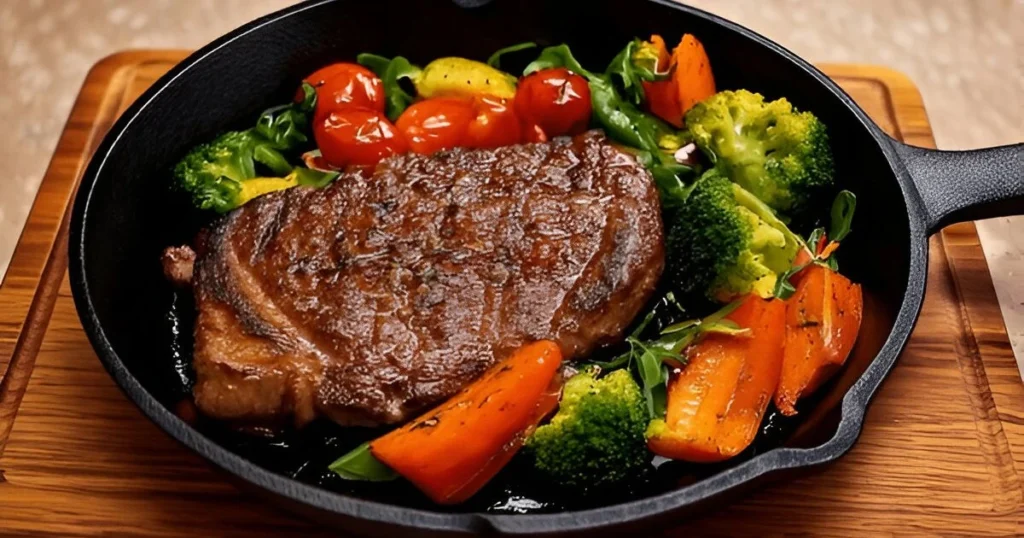
Time-Saving Tips for Quick Beef Dishes
Preparing a delicious beef dinner quickly is key. To make a tasty beef recipe fast, follow these tips. Start by prepping ingredients ahead of time. For instance, cut your beef before storing it in the fridge until cooking.
Smart storage solutions can also save time. Organize your ingredients so they’re easy to find. This makes cooking a tasty beef recipe smoother, letting you focus on the cooking.
- Prepare a batch of marinades or sauces in advance to use throughout the week
- Maintain a reserve of pre-sliced veggies, like onions and bell peppers, for incorporation into your meals.
- Use a slow cooker to prepare your beef while you’re busy with other tasks
These tips help you make a delicious beef dinner fast and efficiently. They ensure you don’t lose flavor or quality. Whether you’re craving a tasty beef recipe or need a quick meal, these tips will help you out.
| Time-Saving Tip | Description |
| Pre-cut ingredients | Pre-cut your beef and store it in the refrigerator until you’re ready to cook |
| Smart storage solutions | Keep your ingredients organized and easily accessible to quickly grab what you need |
| Prepare marinades or sauces in advance | Prepare a batch of marinades or sauces in advance to use throughout the week |
Pairing Your Beef Dish with Side Items
When you serve a homemade beef dish, the right sides can make it even better. You’ve cooked the beef just right, and now it’s time to think about what goes with it. Think about the type of beef and the flavors in your recipe. For example, a beef stew goes great with bread or mashed potatoes. A grilled steak is better with a fresh salad or roasted veggies.
Popular sides for beef include roasted vegetables like Brussels sprouts or asparagus. Grains like quinoa or brown rice are also good. A side salad with a light dressing can also balance the richness of the beef. The goal is to find sides that enhance your beef without overpowering it.
- Consider the flavor profile of your beef and choose side items that complement it
- Think about the texture of your beef and balance it with side items that offer a contrasting texture
- Don’t be afraid to get creative and try new combinations of side items
By following these tips and using your beef cooking instructions, you can make a delicious meal. It will impress your family and friends.
Making Your Beef Recipe Healthier
To make your beef recipe healthier, focus on portion control and cooking methods. When cooking beef, keep the serving size in mind to avoid eating too much. A standard serving size is about 3 ounces, similar to a deck of cards.
For healthier beef dishes, try grilling or roasting. These methods cook the beef without extra oil. Here are some tips for healthy cooking:
- Grilling: Grill at medium-high heat and flip often to prevent charring.
- Roasting: Roast at low temperature and use a rack for air circulation.
By using these tips, you can make healthier and tastier beef dishes. Choose leaner cuts and trim fat for an even healthier option. With a bit of creativity, you can enjoy tasty and healthy beef dishes.
Portion Control Guidelines
It’s important to control the portion size of your beef dish for a healthy diet. Here are some guidelines:
- Use a food scale to measure the serving size.
- Compare the serving size to a familiar object, like a deck of cards.
- Avoid overfilling your plate, and leave some space between each food item.
Healthy Cooking Methods
There are other healthy cooking methods for flavorful beef dishes. Some options include:
- Braising: Cooking the beef in liquid on low heat.
- Stir-frying: Cooking the beef quickly in a wok or large skillet.
By using these healthy cooking methods and portion control, you can enjoy delicious and nutritious beef dishes.
Storing and Reheating Leftover Beef
Enjoying quick beef meals means keeping your delicious beef dinner fresh. Store leftover beef in airtight containers or zip-top bags. Make sure to press out air before sealing to avoid moisture buildup.
Freezing is great for longer storage. Divide beef into portions, wrap each in plastic or foil, and put them in a freezer-safe bag. To reheat, thaw overnight in the fridge or quickly in cold water.
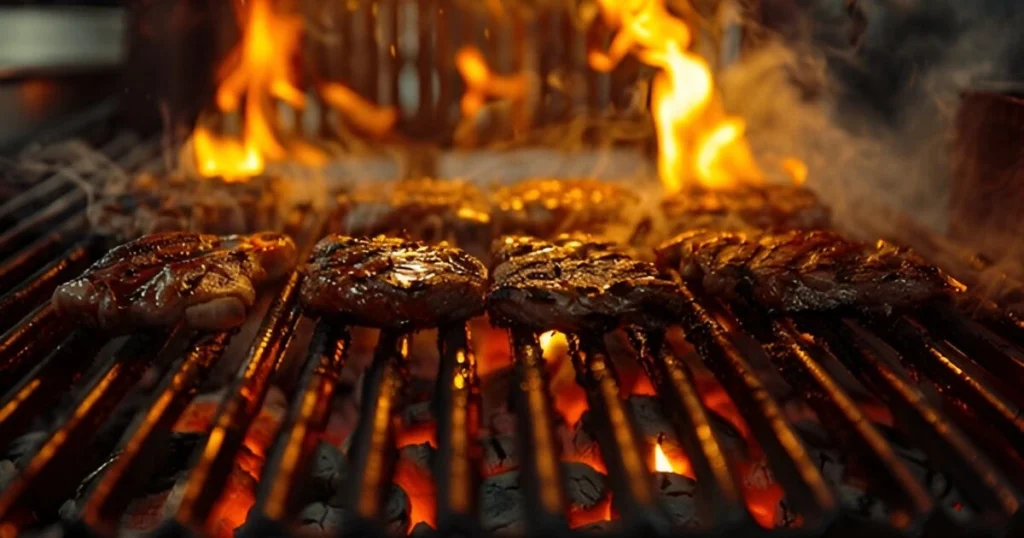
Reheat beef in the oven, microwave, or on the stovetop. The microwave is quick. Place beef in a dish, add broth, and heat on high for 30-60 seconds. For the stovetop or oven, use low heat to prevent drying.
Here are some reheating tips:
- Use a food thermometer to ensure the beef reaches a safe internal temperature of at least 165°F (74°C).
- Avoid overcooking, as this can make the beef tough and dry.
- Add a bit of liquid, such as broth or sauce, to maintain moisture and flavor.
Follow these tips to enjoy your delicious beef dinner for days. You’ll always have a quick beef meal ready.
Recipe Variations and Adaptations
There are many ways to make a tasty beef recipe your own. You can create a dish that fits your family’s tastes. Start by thinking about how spicy you like it.
If you like a bit of heat, add diced jalapenos or serrano peppers. For a milder taste, use the classic ingredients without spicy additions. It’s all about finding what you enjoy most.
Spicy Alternatives
- Add diced jalapenos or serrano peppers to the recipe
- Use spicy seasonings such as cayenne pepper or red pepper flakes
- Try different types of hot sauce, such as sriracha or hot sauce of your choice
Want to make your dish low-carb? Swap out sides like mashed potatoes or bread for roasted veggies or a salad.
Low-Carb Options
- Substitute traditional sides with roasted vegetables or a salad
- Use low-carb ingredients, such as cauliflower or zucchini, in place of high-carb ingredients
- Try a low-carb version of your favorite homemade beef dish, such as a beef stir-fry with vegetables
By trying different variations, you can make a beef recipe that’s all your own. Whether you like it spicy, low-carb, or traditional, the fun is in experimenting. Enjoy making a dish that your family will love.
| Recipe Variation | Description |
| Spicy | Add diced jalapenos or serrano peppers to the recipe |
| Low-Carb | Substitute traditional sides with roasted vegetables or a salad |
| Family-Style | Make the recipe in large quantities and serve with a variety of sides |
Troubleshooting Your Beef Dish
When you’re cooking beef, you might run into problems. These can mess up the taste of your flavorful beef dishes. Here are some tips to help you fix these issues:
Common problems include overcooking, undercooking, or cooking at the wrong temperature. To avoid these, it’s key to follow beef cooking instructions closely. Also, use a thermometer to make sure the beef is cooked safely.
- Check your oven temperature to ensure it’s accurate
- Use a meat thermometer to check the internal temperature of the beef
- Don’t overcrowd the pan, as this can lower the temperature and affect cooking
By following these tips and using the right beef cooking instructions, you can make tasty flavorful beef dishes. Stay calm, be patient, and don’t be afraid to try new things
Conclusion
Now you know how to cook the perfect beef dish. Whether it’s a simple meal or a fancy dinner, the key is to try different recipes. Find the ones that you like best.
The secret to a great beef dish is in the details. Focus on cooking techniques, seasoning, and keeping the right temperature. This way, your beef will always be perfect.
Don’t be shy to try new things. There are so many ways to make delicious beef meals. So, what are you waiting for? Start cooking and show off your skills!
FAQ
What are some essential kitchen tools for beef preparation?
You’ll need a sharp chef’s knife and a cutting board for beef prep. Tongs and a meat thermometer are also key. For cooking, use a heavy-duty skillet, a cast-iron pan, and a roasting pan. An instant-read thermometer ensures your beef is cooked just right.
What criteria should I consider while selecting the appropriate cut of beef for my recipe?
Think about the cut’s characteristics and how it cooks. Tender cuts like filet mignon are great for quick cooking. But tougher cuts like chuck roast are better for slow cooking.
What’s the difference between prime, choice, and select beef grades?
The US grading system is predicated on the marbling of beef. Prime exhibits the highest degree of marbling and is expensive. Select is the least expensive option. Choice is a compromise, providing commendable flavor and value.
How do I season my beef to enhance the flavor?
Start with salt and pepper, then try herbs and spices like garlic and rosemary. Letting the beef rest after seasoning helps the flavors meld into the meat.
What are the ideal internal temperatures for cooking beef?
Cook beef to 145°F for medium-rare, 160°F for medium, and 165°F for well-done. A meat thermometer is the most effective method for assessing temperature.
What are prevalent errors to circumvent when preparing beef?
Refrain from overcooking, as it renders beef dry and tough. Ensure it is not undercooked, as this may pose safety risks. Employ the appropriate cooking technique for the specific cut. Allowing the beef to rest post-cooking is beneficial as well.
How can I make my beef recipe healthier?
Use leaner cuts and healthy cooking methods like grilling. Add more veggies and whole grains to balance the meal. This reduces fat and calories.
How do I store and reheat leftover beef?
Refrigerate leftover beef in an airtight container for 3-4 days or freeze for 3-4 months. Reheat it low and slow to keep it tender.

